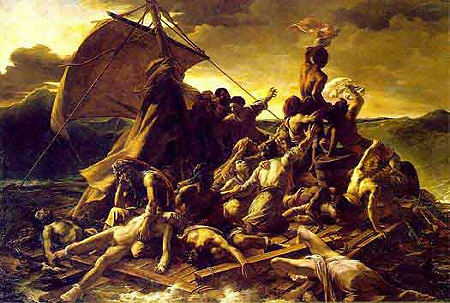My Sad Captains
By Thom Gunn, English, 1929 - 2004
One by one they appear in
the darkness: a few friends, and
a few with historical
names. How late they start to shine!
but before they fade they stand
perfectly embodied, all
the past
lapping them like a
cloak of chaos. They were men
who, I thought, lived only to
renew the wasteful force they
spent with each hot convulsion.
They remind me, distant now.
True, they
are not at rest yet,
but now that they are indeed
apart, winnowed from failures,
they withdraw to an orbit
and turn with disinterested
hard energy, like the stars.
Source: Collected Poems (Farrar Straus and Giroux, 1994)
“Let’s have one other
gaudy night. Call to me
All my sad captains.
Fill our bowls once more.
Let’s mock the
midnight bell.”
But why captains? Captains could be those who steer us to our
destinations as the leader of the ship. It might also be referring to these
people as having once been seen as role models. There is some evidence that
Gunn had in mind those such as Elvis Presley, Marlon Brando, James Dean, Caravaggio
and even Napoleon Bonaparte. Quite a mix! He was an admirer of Jean-Paul Sartre
which chimes in with the existentialist attitude in this poem.
I'm listening to the original version of Walk Away Renée as written and recorded by The Left Banke in 1966! Listen here.

























